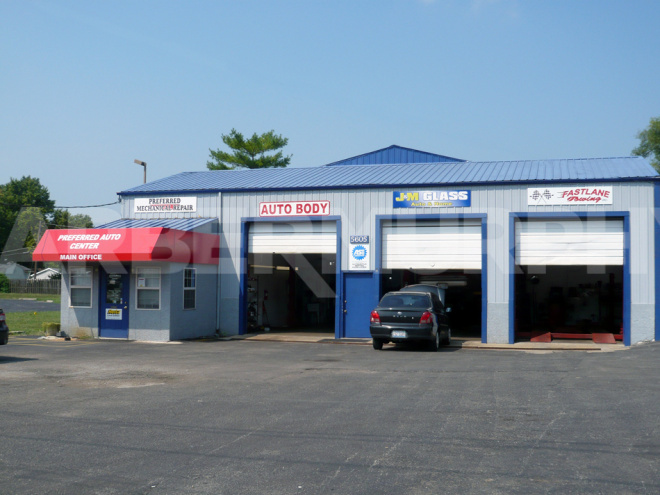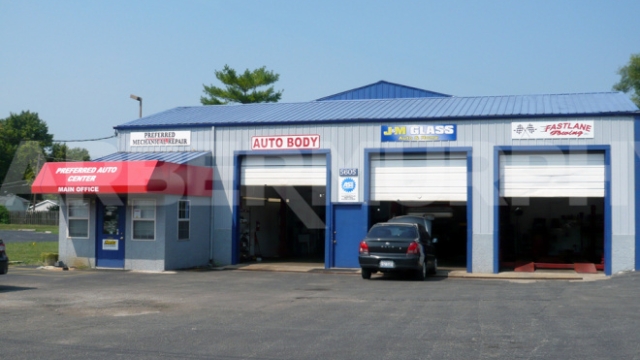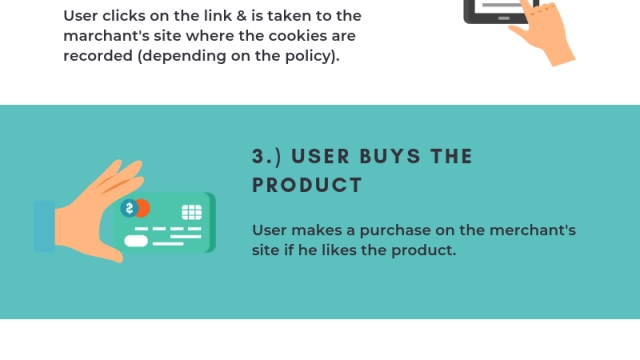As we glide into a new era of automotive retail, the industry finds itself at a crossroads, poised for a revolution. The traditional way of buying and selling vehicles is undergoing a significant transformation, as technological advancements and shifting consumer preferences reshape the landscape. In this guide, we will explore the future of automotive retail and provide valuable information to navigate these uncharted territories.
Gone are the days when customers solely relied on visiting car dealerships to browse through brochures and take test drives. With the advent of online research and e-commerce, buyers are armed with vast amounts of knowledge and are increasingly opting to make their purchasing decisions from the comfort of their own homes. This shift towards a more digital shopping experience calls for automotive retailers to adapt and embrace new strategies to remain competitive in a rapidly evolving marketplace.
In this article, we will delve into the emerging trends that are shaping the future of automotive retail. From artificial intelligence and virtual reality to personalized online experiences and seamless integration of digital platforms, the automotive industry is brimming with possibilities. We will also explore the challenges that come hand in hand with these advancements, such as the need for maintaining a strong human touch and the reimagining of physical dealership spaces.
Join us on this journey as we provide you with a comprehensive overview of the changing tides in automotive retail and equip you with the knowledge necessary to stay ahead of the curve. Buckle up, for the road to the future awaits!
1. Changing Consumer Preferences
In today’s dynamic automotive retail landscape, understanding and adapting to changing consumer preferences is essential for success. As technology continues to advance and consumers become more empowered, traditional sales models are being challenged. Here, we delve into three key aspects of changing consumer preferences that are shaping the future of automotive retail.
Shift Towards Digital Experience
With the rise of the internet and mobile technology, consumers are increasingly looking for convenience and digital experiences in all aspects of their lives, including automotive retail. Online platforms and mobile apps have become popular tools for consumers to research, compare, and even purchase vehicles. The ease and accessibility of these digital platforms have revolutionized the way consumers interact with automotive retailers, transforming the traditional showroom into a digital marketplace.Emphasis on Personalization
As consumers become more informed and have access to a wealth of information online, their expectations for personalized experiences have also grown. Automotive retailers need to go beyond the one-size-fits-all approach and offer tailored solutions that cater to individual needs and preferences. This includes personalized recommendations, flexible financing options, and customized add-ons. By providing a personalized experience, retailers can build stronger relationships with customers and enhance brand loyalty.Demand for Sustainability and Electric Vehicles
The increasing awareness of environmental issues has led to a significant shift in consumer preferences towards sustainable and eco-friendly solutions. Electric vehicles (EVs) are gaining traction as consumers seek alternatives to traditional petrol or diesel-powered cars. Automotive retailers need to adapt to this changing landscape by expanding their offerings to include a diverse range of EVs, as well as providing infrastructure and support for EV owners. By positioning themselves as leaders in sustainable mobility, retailers can stay ahead of the curve and attract the environmentally conscious consumer.

In conclusion, understanding and adapting to changing consumer preferences is crucial for automotive retailers to thrive in the future. The shift towards digital experiences, emphasis on personalization, and the demand for sustainability and electric vehicles are key trends that retailers must embrace. By staying attuned to these preferences, retailers can position themselves as forward-thinking and customer-centric, ensuring their success in the ever-evolving automotive retail industry.
Embracing Digital Transformation
The automotive retail industry is experiencing a profound shift as digital technologies reshape the way consumers shop for vehicles. As the industry adapts to this new era, companies must embrace digital transformation to stay competitive and meet the evolving needs of their customers.
One key aspect of digital transformation in automotive retail is the adoption of online platforms and marketplaces. By offering a seamless online experience, dealerships can attract and engage customers who prefer the convenience of shopping from the comfort of their own homes. Online platforms provide customers with comprehensive information about available vehicles, pricing, financing options, and more. Embracing these digital channels allows retailers to expand their reach and tap into new markets.
Furthermore, leveraging data and analytics is crucial for automotive retailers looking to thrive in the digital age. By capturing and analyzing customer data, retailers can gain insights into consumer preferences, behavior, and purchasing patterns. This data-driven approach enables retailers to personalize their marketing strategies, tailor product offerings, and improve their overall customer experience. From targeted advertisements to personalized recommendations, data analytics can empower automotive retailers to connect with customers on a deeper level.
Another significant aspect of digital transformation is the integration of emerging technologies in the automotive retail space. For example, virtual reality (VR) and augmented reality (AR) can provide immersive and interactive experiences for customers, allowing them to explore different car models and configurations virtually. These technologies bridge the gap between online and offline shopping experiences and help customers make more informed decisions.
In conclusion, digital transformation is revolutionizing the automotive retail industry. By embracing online platforms, leveraging data and analytics, and integrating emerging technologies, retailers can navigate this new era and deliver enhanced experiences to their customers. Embracing digital transformation is not just an option but a necessity for automotive retailers looking to thrive in the evolving marketplace.
3. Future Opportunities and Challenges
Extended Warranty Plans
The future of automotive retail holds immense potential for growth and innovation. As technology continues to advance, new opportunities emerge for both retailers and consumers alike. However, with these opportunities come a set of challenges that must also be addressed. In this section, we will explore some of the key future opportunities and challenges that the automotive retail industry will face.
Digital Transformation:
As the automotive retail industry embraces digital transformation, new avenues for growth open up. Online platforms and e-commerce solutions present opportunities for retailers to reach a wider audience and offer a seamless buying experience. With the increasing reliance on digital channels, retailers who can effectively integrate online platforms into their business models will have a competitive edge.Customer Experience Enhancement:
In the future, providing an exceptional customer experience will be crucial for automotive retailers. The ability to offer personalized recommendations and tailored services will play a significant role in attracting and retaining customers. Retailers must invest in technologies such as artificial intelligence and machine learning to understand customer preferences and deliver a personalized experience throughout the entire buying journey.Sustainability and Electric Vehicles:
As the world moves towards a more sustainable future, the automotive retail industry must adapt. The rise of electric vehicles presents both opportunities and challenges. Retailers need to keep up with changing consumer preferences and incorporate electric vehicles into their product offerings. This transition requires investing in infrastructure for charging stations and educating consumers about the benefits of electric vehicles.
In conclusion, the future of automotive retail is exciting and filled with opportunities. By embracing digital transformation, enhancing customer experiences, and adapting to the growing demand for sustainable transportation, retailers can position themselves for success in the new era. However, it is important to acknowledge the challenges that come with these opportunities, such as the need for technological integration and sustainability initiatives. By addressing these challenges head-on, the automotive retail industry can thrive in the ever-evolving market.


